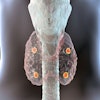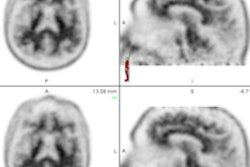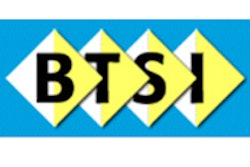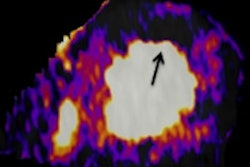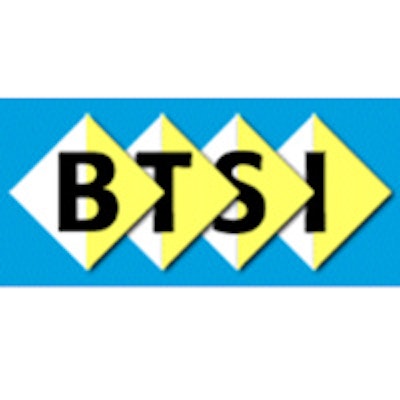
The diversification and expansion of PET imaging into cardiology and neurology are two applications expected to propel growth in PET procedure volume and equipment purchasing over the next several years, according to a new market research report from Bio-Tech Systems.
The study predicts that the approval of radiopharmaceutical agents for PET imaging of Alzheimer's disease will create new markets covering a broad range of neurological diseases, and will combine with the use of rubidium and other cardiac PET imaging agents to advance the modality into the early part of the next decade.
"The reason for my upbeat attitude is that PET is going through a transition, which is similar to other modalities in terms of finding new applications and new spheres of interest," said Marvin Burns, president of Bio-Tech Systems and author of the report. "The opportunity [for PET] to get into cardiology and neurology is very important. As you look at the development of other imaging modalities, it was very important in creating a new platform for their growth, both in CT and MRI. Over a period of time, as those modalities were applied to cardiology and neurology, their procedure volume grew. The unique thing about PET is that it can very specifically identify biological causes or symptoms of disease and help clinicians deal with them."
More PET procedures
According to the study, PET procedures in the U.S. increased in 2011 and 2012 to approximately 2.5 million exams, with further growth in 2013 and 2014. FDG-PET continues to account for the great majority of procedures, increasing approximately 10% to 2.3 million (92%), while rubidium-PET studies totaled approximately 200,000 procedures (8%). By 2021, the study forecasts PET procedure volume could increase to 11 million annually.
 Marvin Burns, president of Bio-Tech Systems.
Marvin Burns, president of Bio-Tech Systems.
An increase in PET procedures in the next several years naturally would have a residual beneficial effect on radiopharmaceutical markets. PET radiopharmaceutical sales totaled $452 million in 2012. With future growth anticipated from new products in cardiology and neurology, the study predicted radiopharmaceutical sales could reach $5 billion by 2021.
"As procedure volume grows, it encourages more active development of radiopharmaceuticals and the methodology in using them," Burns said. "It is one thing for someone to develop a product and just put it in the hands of the user, but it is another thing to have it backed up by positive experience and confidence that it is going to produce information that is useful."
As for the sale of PET systems, the U.S. market was relatively flat between 2011 and 2012, with 141 orders for PET systems in 2012 and sales of approximately $204 million.
International PET scanner sales reached $491 million in 2012, which reflected a strong global market. Orders received from emerging regions, such as Eastern Europe, the Far East, the former Soviet bloc, and South America, helped to push the numbers higher. Burns described this development as "encouraging" and proof that PET's reach is expanding.
The key in these regions is to develop infrastructure and access to PET through, among other initiatives, improved availability of FDG, so equipment sales and patient care can advance.
Based on these observations, both U.S. and international sales could grow at a rate of 8% to 10% per year over the next several years, with international sales running at approximately 65% to 70% of the total growth. Therefore, worldwide sales of PET scanners could increase from about $700 million in 2012 to $1.4 billion by 2021.
PET/MRI acceptance
The report also found a positive market response for new PET/MRI systems.
"PET/MRI offers the attributes of PET with the soft-tissue capabilities of MRI," Burns said. "This is helpful in imaging morphological defects and structural anomalies that are not readily visualized with either CT or PET. Since MRI provides more biological and functional data than CT without radiation, there is an advantage for pediatric patients and those needing multiple scans."
There is good agreement between PET and MRI in patients with acute myocardial infarction, he added. "Therefore, PET/MRI could improve risk stratification in this patient population," he said.
Physician acceptance
Part of the study's growth forecast is based on physicians gaining more confidence in using PET in patient care, Burns noted. This trend has increased PET's credibility, ensuring continued growth and diversification across a broad spectrum of clinical applications.
The improved environment for cardiac PET also has encouraged more companies to enter the field, thus increasing the choice of equipment and features and also reducing costs for end users.
The report also mentioned considerable investment in new oncology radiopharmaceuticals, which should enter the market in the next two to three years. This development will increase the market for PET and encourage its use on a broader basis, Burns said.



